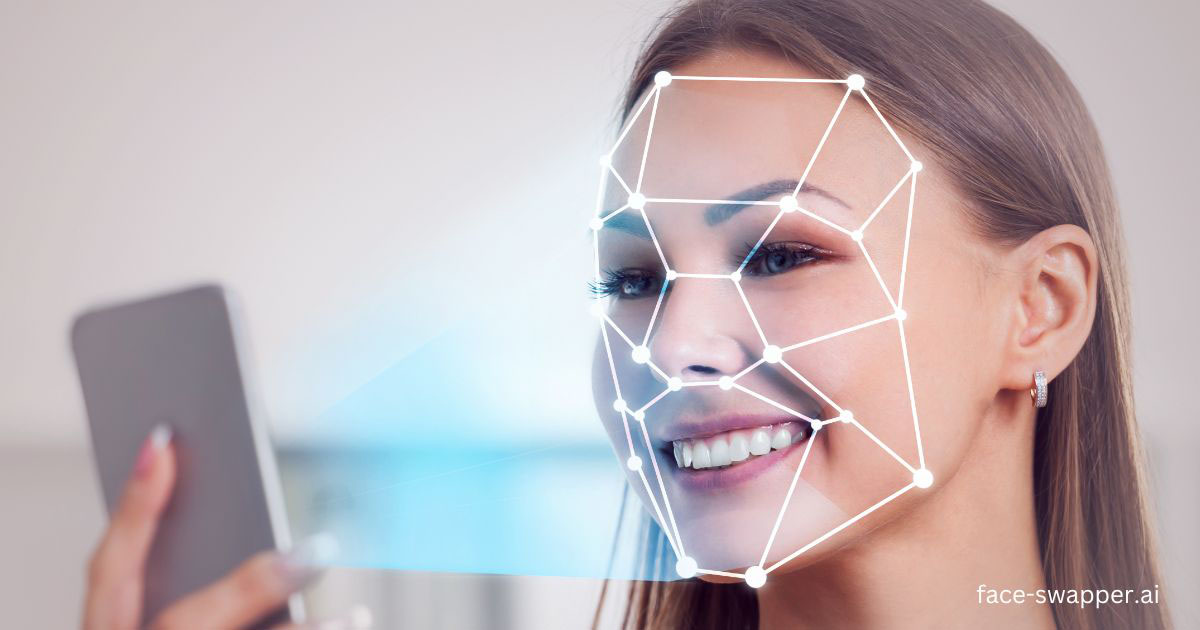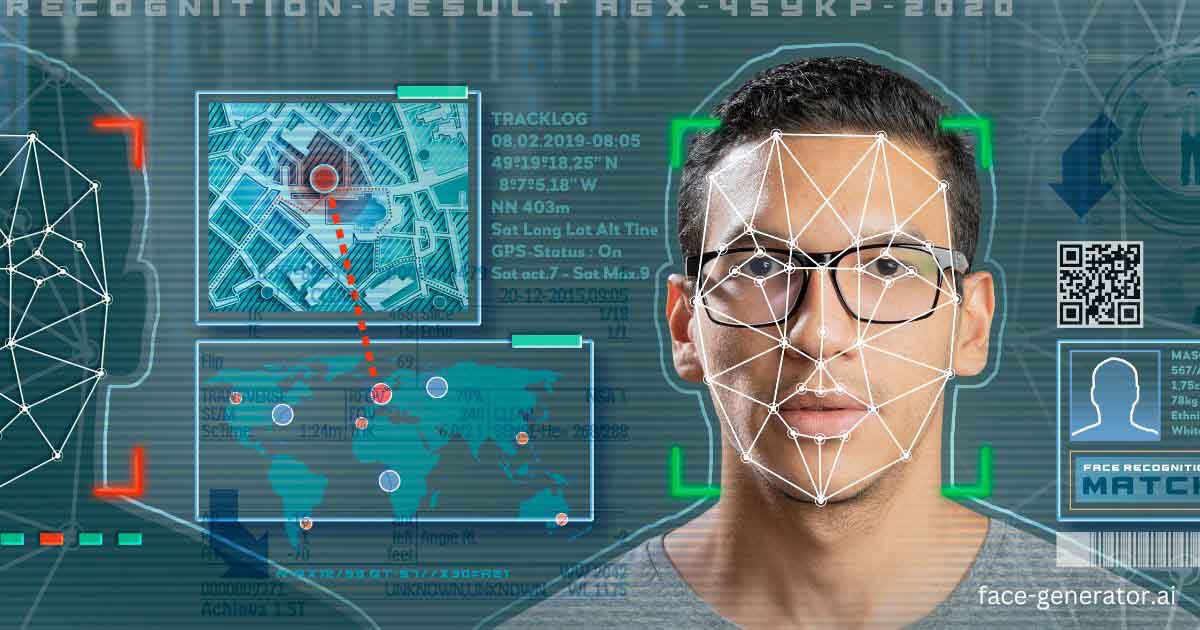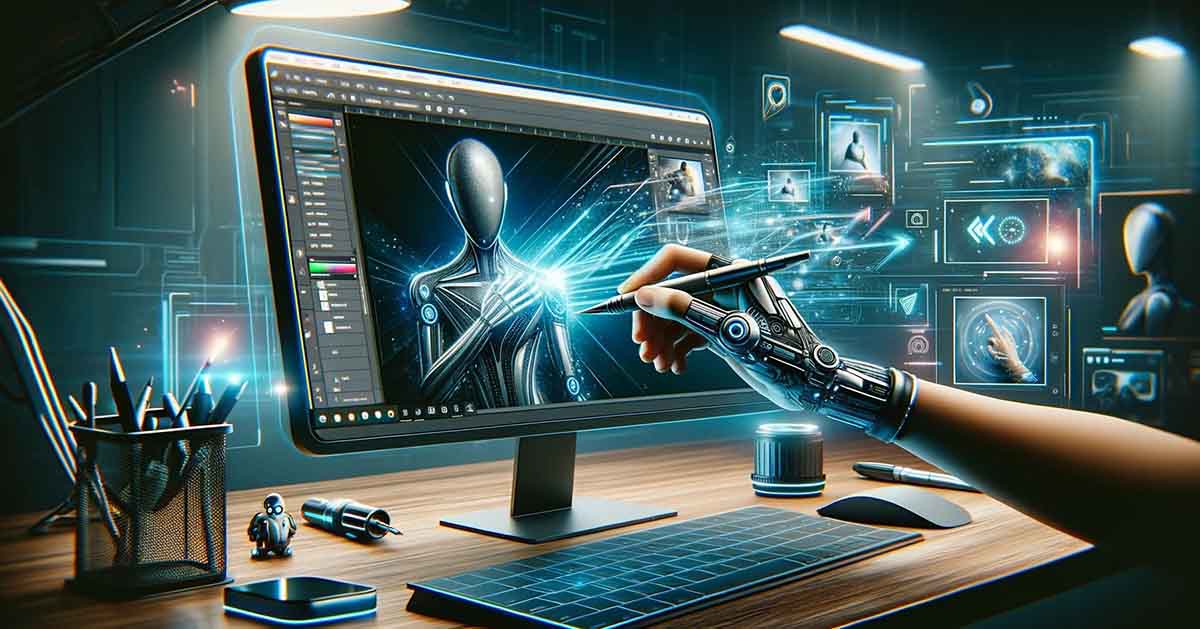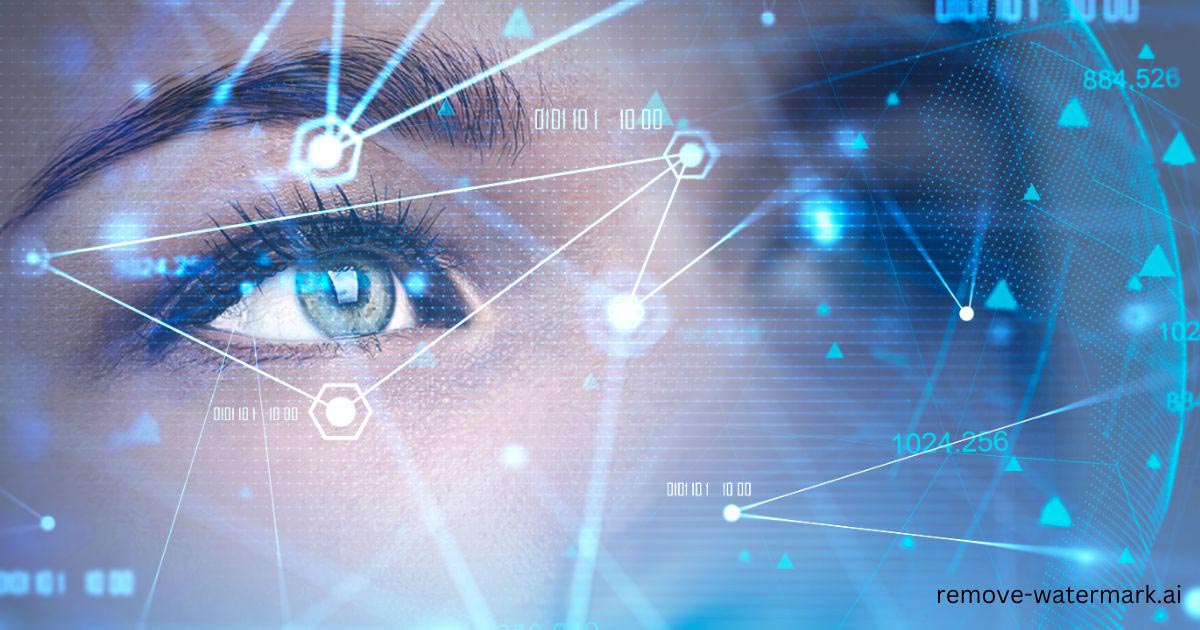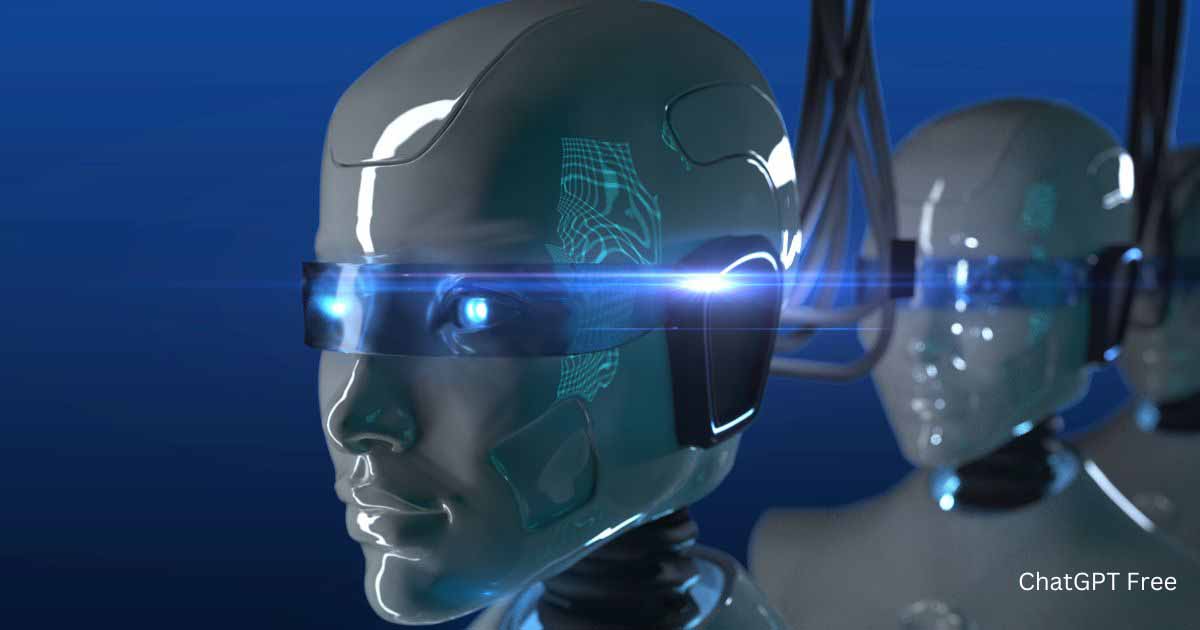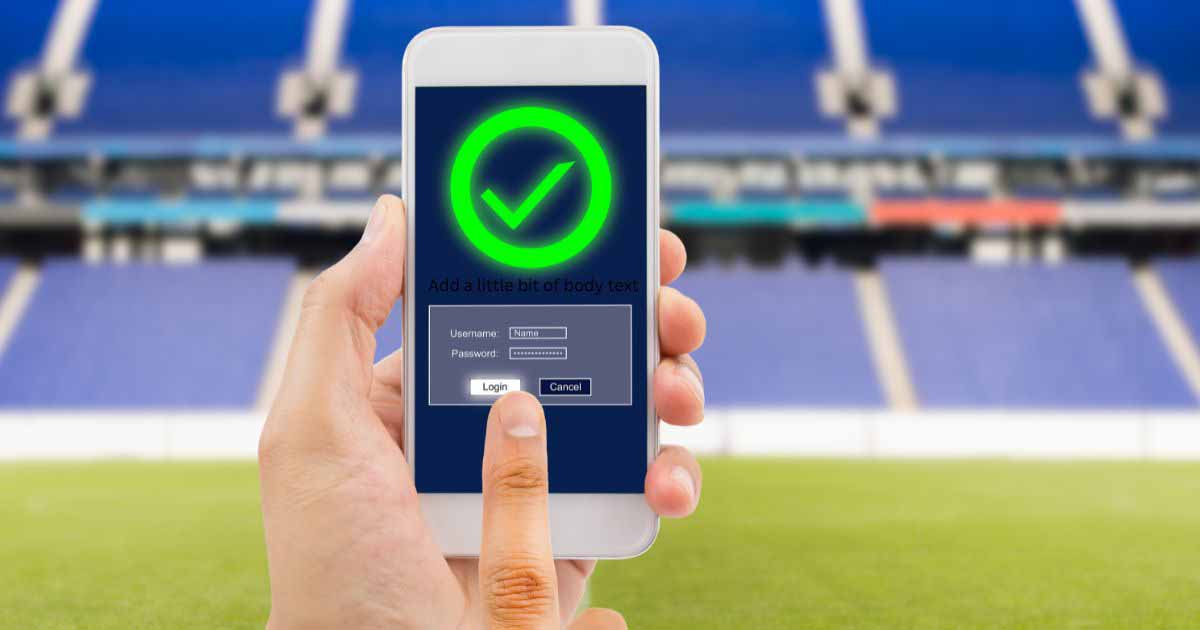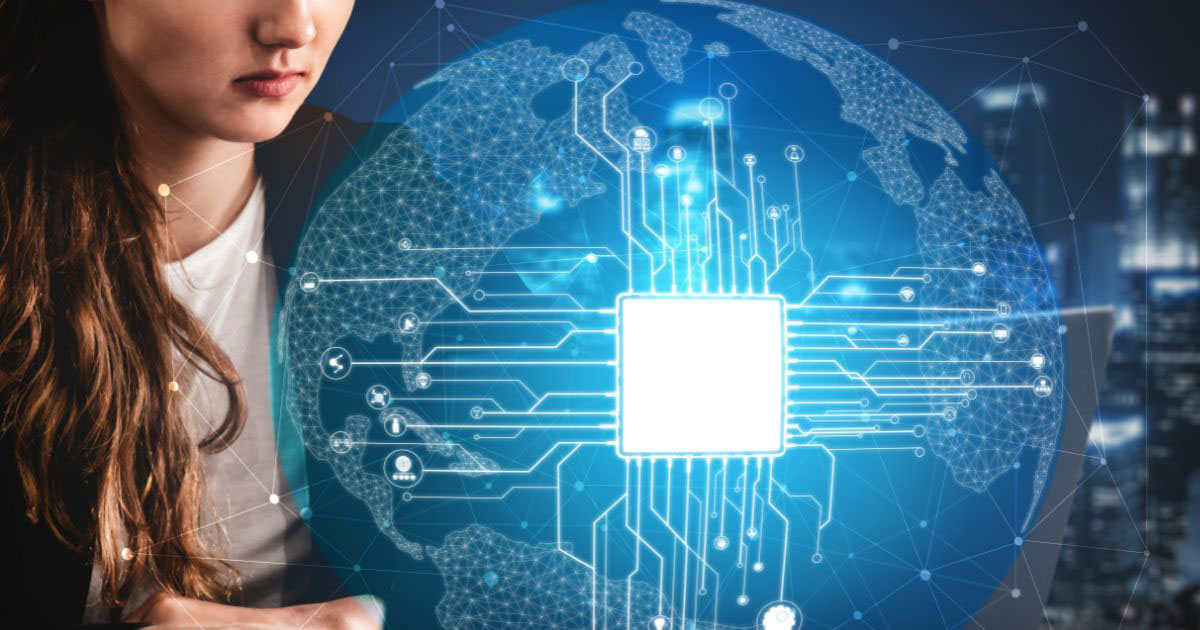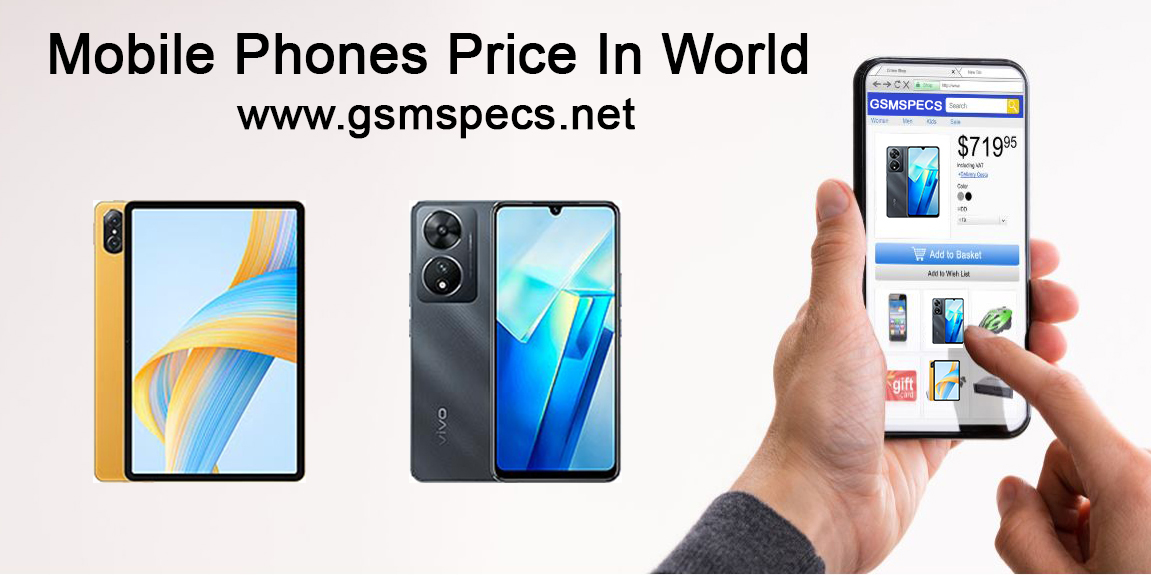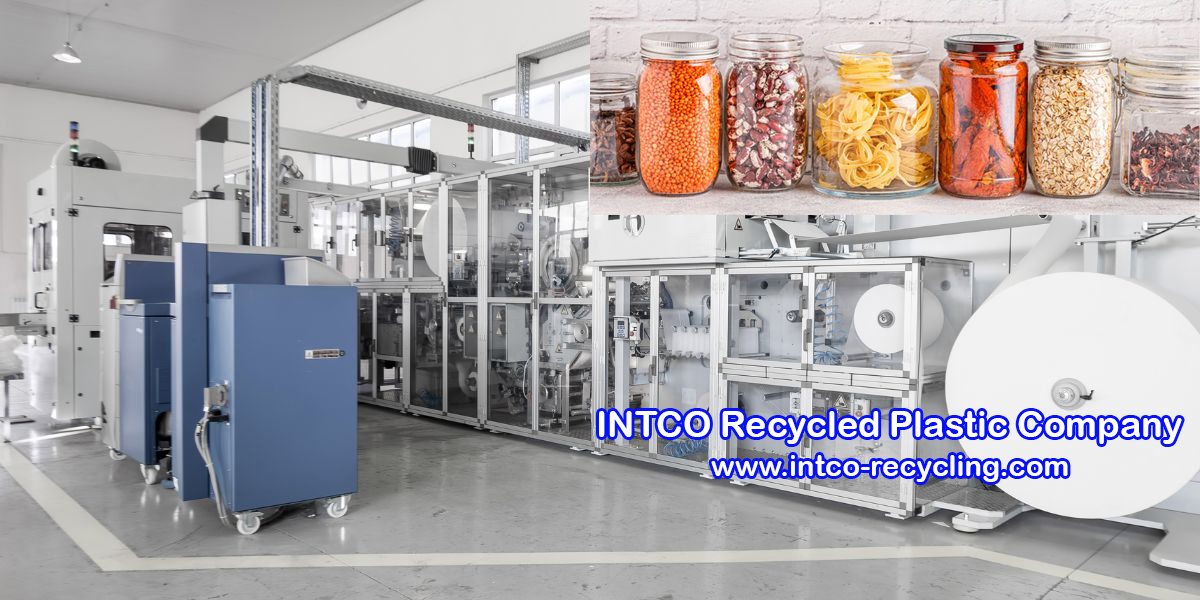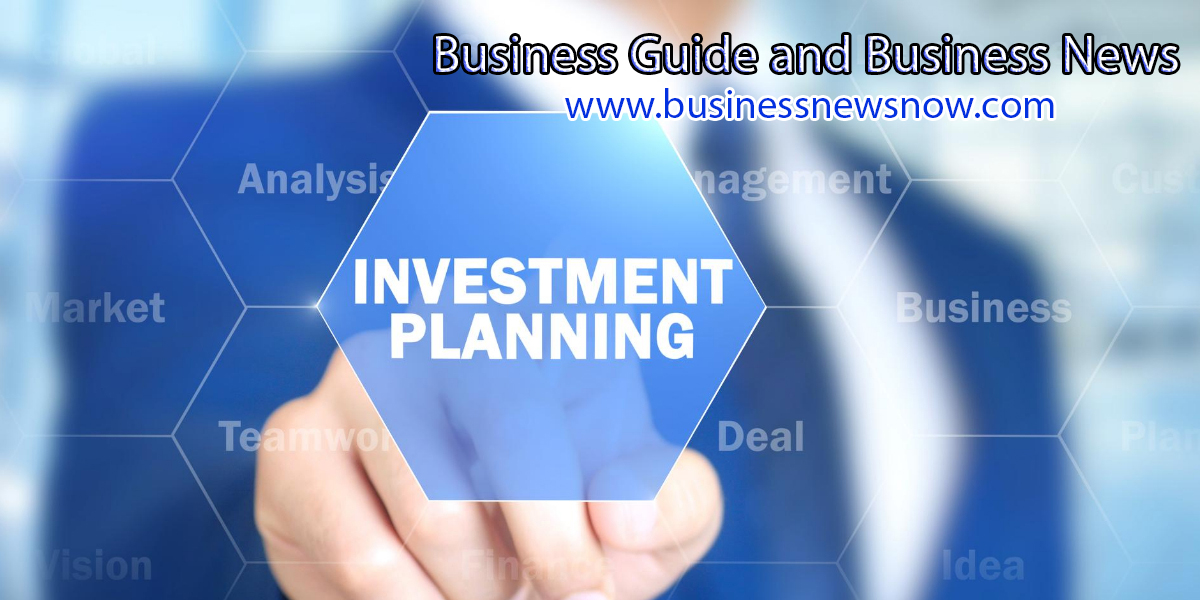
Are you new Technical Guide to the world of technology and feeling overwhelmed by the technical jargon and complicated concepts? Don’t worry, you’re not alone. Learning about technology can be intimidating, but it doesn’t have to be. In this comprehensive technical guide for beginners, we’ll break down the basics of technology and provide you with a better understanding of the key terms and concepts that will help you navigate the world of tech.
Technical Guide is Clarify problem, research solutions, design plan, implement, test, document, maintain, and iterate. Use concise language, visuals, and user feedback
1. Hardware
Hardware refers to the physical components of a computer or electronic device. Some examples of hardware include a keyboard, mouse, monitor, and central processing unit (CPU). When purchasing hardware, it’s important to consider the specifications of the device, such as its processing speed, memory, and storage capacity.
2. Software
Software refers to the programs, applications, and operating systems Technical Guide that run on a computer or electronic device. Some examples of software include Microsoft Word, Photoshop, and Windows. When choosing software, it’s important to consider the compatibility of the software with your device and the purpose of the software. Regularly review and update the guide to ensure it remains accurate and relevant.
3. Operating System
The operating system is the software news that manages the computer’s hardware and software resources. Some examples Technical Guide of operating systems include Windows, macOS, and Linux. The operating system is responsible for managing the computer’s memory, processing power, and other resources.
4. Storage
Storage refers to the amount of space available on a computer or electronic device Technical Guide to store data. Some examples of storage devices include hard drives, solid-state drives (SSD), and USB drives. When choosing a storage device, it’s important to consider the capacity of the device and its speed.
5. Cloud Computing
Cloud computing refers to the practice of using remote servers to store, manage, and process data over Technical Guide the internet. Some examples of cloud computing services include Dropbox, Google Drive, and Amazon Web Services. Cloud computing offers a number of benefits, including increased storage capacity, accessibility, and cost-effectiveness.
6. Networking
Networking refers to the practice of connecting computers and electronic devices Technical Guide intelligence together to share resources and data. Some examples of networking devices include routers, switches, and modems. Networking is essential for businesses and organizations to share data and resources efficiently. Use diagrams, flowcharts, and other visual aids to explain technical processes and systems.
7. Cybersecurity
Cybersecurity refers to the practice of protecting tech computer systems and networks from unauthorized access, theft, and damage. Some examples Technical Guide of cybersecurity threats include viruses, malware, and phishing attacks. Cybersecurity is essential for businesses and organizations to protect sensitive data and information.
8. Programming
Programming refers to the process of writing code to create software, websites, and other applications. Some popular programming languages include Java, Python, and C++. Learning how to program can be a valuable skill for individuals and businesses alike. Consider your audience and their technical background when choosing language and terminology.
9. Artificial Intelligence (AI)
Artificial Intelligence (AI) refers to the use of machines and algorithms to simulate human intelligence and perform Technical Guide tasks that would typically require human intelligence. Some examples of AI applications include chatbots, virtual assistants, and self-driving cars. AI is a rapidly growing field that has the potential to revolutionize the way we live and work. Start with clear objectives and goals for the guide.
In conclusion, this technical guide for beginners provides a comprehensive overview of the key terms and concepts in the world of technology. By understanding these basic concepts, you can feel more confident and informed when making decisions about hardware, software, networking, and cybersecurity. Whether you’re a beginner or an experienced professional, this guide is a valuable resource to help you navigate the ever-changing landscape of technology.














































